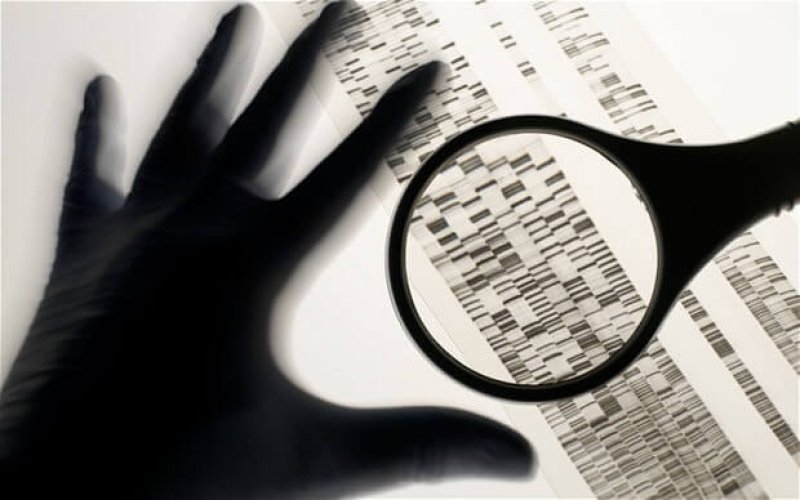The GLP aggregated and excerpted this blog/article to reflect the diversity of news, opinion and analysis.
DNA collected from skin cells left on objects such as door handles and guns is increasingly being used as evidence in criminal cases. But new studies show a person’s DNA can be transferred to an object that is never touched by the person, raising questions about the reliability of such samples.
A case study illustrating the problem was presented in February at a meeting of the American Academy of Forensic Scientists. A homeless man, Lukis Anderson, was charged with the murder of multimillionaire Raveesh Kumra based on DNA evidence left at the crime scene. But Anderson was hospitalized on the night of the murder.
Anderson’s lawyers later learned that paramedics who treated Anderson inadvertently transferred his DNA when they processed the crime scene three hours later. Other studies have shown that DNA from skin cells can be transferred onto an object by shaking hands with another person who then touches the object, or by a cloth wiped across a person’s neck that touches the object.
Read full, original post: DNA from skin cells could implicate the innocent, studies suggest































